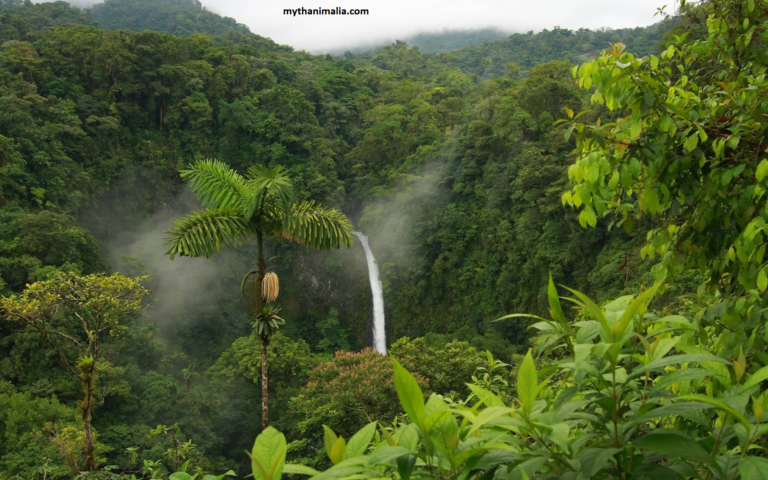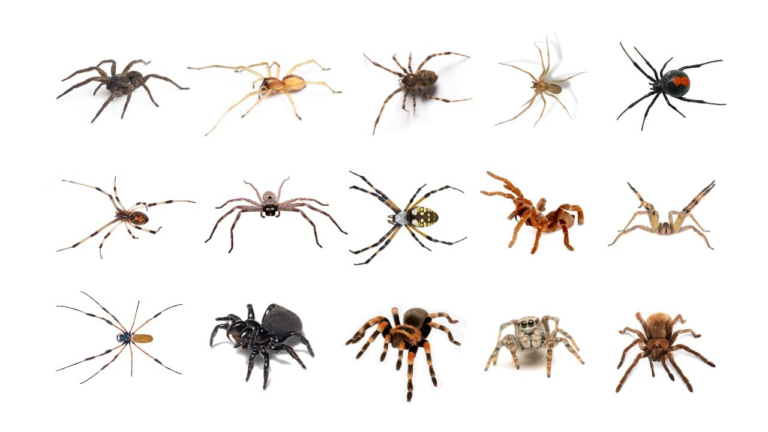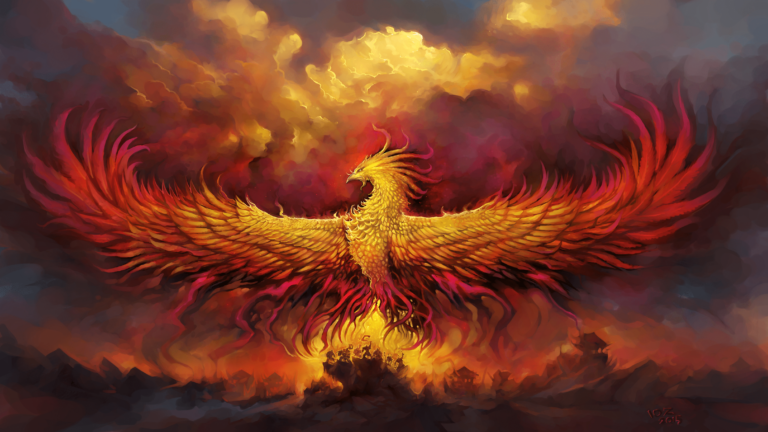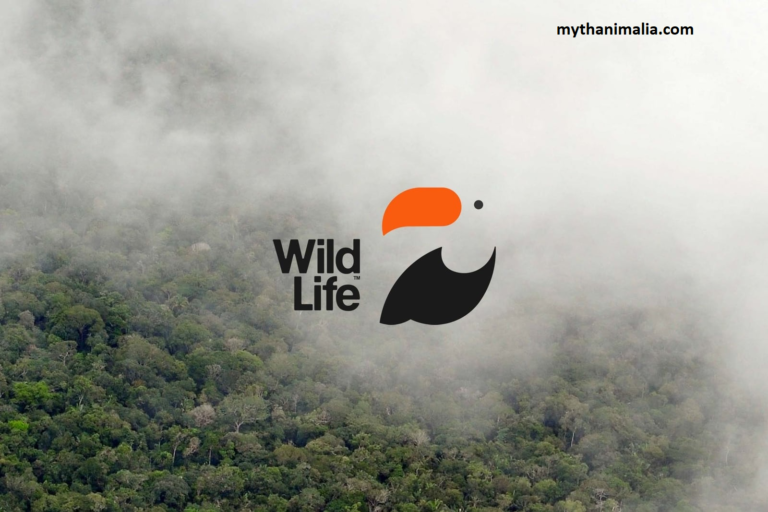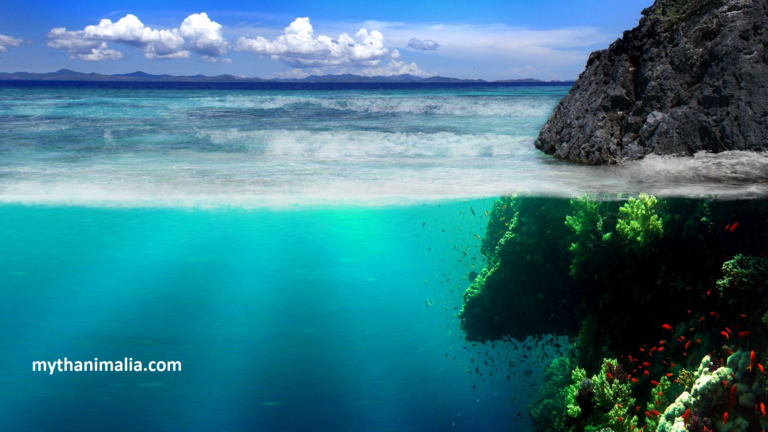Antarctica Wildlife, Antarctic Glaciers
The wildlife of Antarctica plays a vital role in maintaining the delicate balance of its ecosystem. Understanding these creatures is crucial for comprehending the broader implications of climate change and human activities on this pristine continent.
Antarctica, a continent of extremes, holds a secret world of mesmerizing wildlife adapting to its harsh conditions over millions of years. From charismatic penguins to majestic albatrosses, the unique fauna of Antarctica captivates both scientists and nature enthusiasts alike.
Nestled at the southernmost tip of the Earth, Antarctica is not just a frozen expanse of ice; it’s a unique ecosystem teeming with life. Despite its frigid temperatures, Antarctica supports a variety of species that have evolved to thrive in extreme conditions.
Antarctic Species
- Penguins
- Seals
- Whales
- Albatross
1- Penguins
Penguins, the iconic inhabitants of Antarctica, have evolved remarkable adaptations to navigate both land and sea. From the Emperor Penguins’ epic migrations to the agile Adélie, each species has unique traits that enable survival in the harsh Antarctic climate.

Penguins are social creatures that live in colonies. They breed on land, building nests from rocks, pebbles, or sticks. Penguins lay one or two eggs, which both parents incubate. Once the chicks hatch, they are fed regurgitated food by their parents until they are old enough to fend for themselves.
Penguins are facing several threats, including climate change, habitat loss, and pollution. The melting of sea ice is making it difficult for some penguins to find food and raise their young. Oil spills and other forms of pollution can also harm penguins.
Here Are Some Facts About the Penguins
- Penguins can swim up to 25 kilometers per hour.
- Penguins can dive up to 1,000 feet deep.
- Penguins can stay underwater for up to 20 minutes.
- Penguins have excellent eyesight underwater.
- Penguins can smell underwater.
- Penguins have a layer of feathers called down that helps to keep them warm.
- Penguins are the only birds that walk on their heels.
- Penguins can jump up to 6 feet in the air.
- Penguins have been known to toboggan down hills on their bellies.
2- Seals
Seals, such as the Weddell and Leopard seals, are the marine marvels of Antarctica. With blubber for insulation and streamlined bodies, they are perfectly adapted to endure the freezing waters surrounding the continent.

Seals are perfectly adapted for life in the water. Their streamlined bodies and powerful flippers propel them through the waves with grace and speed. They have thick layers of blubber for insulation, allowing them to thrive in frigid temperatures. Their webbed feet help them maneuver on land, though their waddling gait on two legs is undoubtedly adorable.
Here Are Some Facts About Seals
- Diving champions. Some seals can dive up to 2,000 feet deep, holding their breath for over 20 minutes!
- Social butterflies. Many seal species live in large colonies, forming complex social structures with dominance hierarchies and playful interactions.
- Vocal virtuosos. Seals communicate with each other through a variety of barks, growls, and even underwater songs. It’s a surprisingly musical language!
- Parenting instincts. Most seals are devoted parents, nursing their pups and protecting them from harm. Some, like the elephant seals, engage in spectacular displays of dominance during breeding season.
3- Whales
The giants of the ocean grace the Antarctic waters with their presence. Majestic Blue Whales, the largest animals on Earth, cruise by, dwarfing even the biggest icebergs. Humpback Whales breach and sing haunting songs, while Orcas, also known as killer whales, hunt in coordinated pods. Minks Whales and Sperm Whales add to the underwater symphony, making the Antarctic seas a cetacean wonderland.
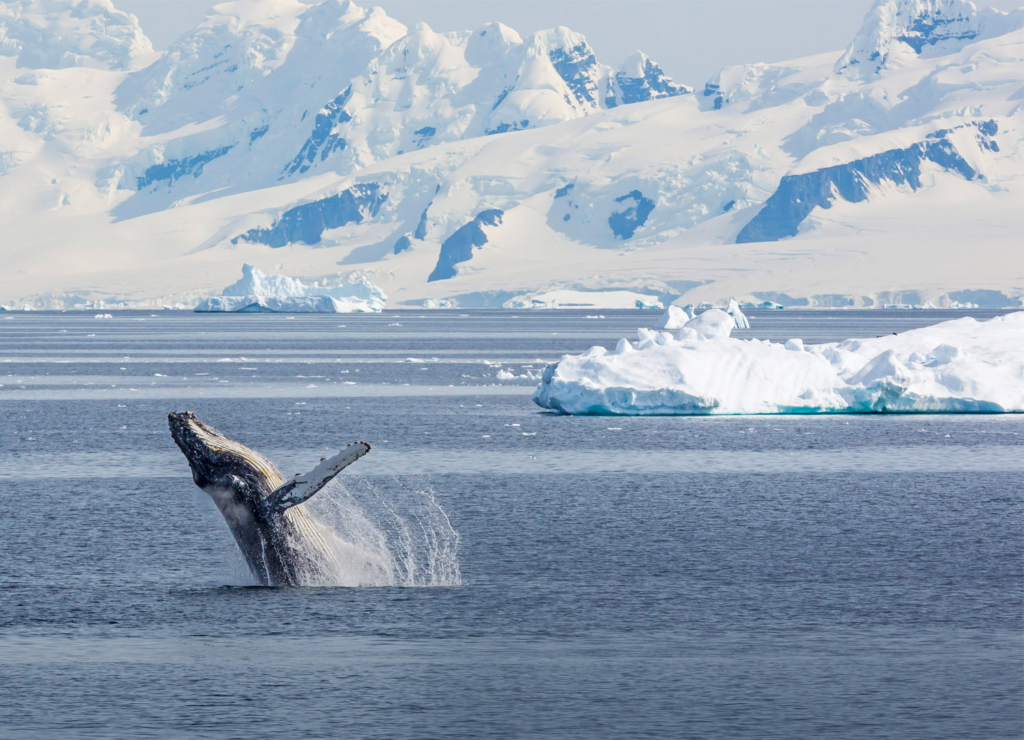
Whales are perfectly adapted for their aquatic life. Their streamlined bodies and powerful flukes propel them through the water with surprising speed. They have thick layers of blubber for insulation, allowing them to thrive in various ocean temperatures. And their sophisticated blowholes allow them to breathe efficiently while diving deep.
Here Are Some Facts About Whales
- Singing sensations. Humpback whales are known for their complex songs, used for communication and attracting mates. These underwater melodies can travel for miles!
- Acrobatic artists. Breaching whales put on a spectacular show, leaping out of the water and crashing back down with a thunderous splash. It’s a display of power and communication.
- Deep-diving champions. Sperm whales can dive over 2,000 meters, holding their breath for over two hours! They use echolocation to navigate the darkness and hunt for squid in the deep.
- Social butterflies. Many whale species live in pods, forming strong bonds and cooperating for hunting and raising young. Some, like Orcas, even have complex social structures and hunting strategies.
4- Albatross
The Southern Ocean surrounding Antarctica is home to the wandering albatross, a bird known for its incredible wingspan. These majestic creatures spend most of their lives gliding over the open sea, showcasing nature’s prowess in adaptation.

The albatross, with its majestic wingspan and graceful gliding, is indeed a captivating bird! Their presence evokes a sense of wonder and admiration, making them truly fascinating creatures.
Masters of the Air
- Wingspan wonders. The albatross boasts the largest wingspan of any living bird, with some species stretching up to 12 feet across! This allows them to soar effortlessly for hours, riding the ocean winds with minimal flapping.
- Gliding champions. They’re masters of dynamic soaring, utilizing air currents and updrafts to glide long distances across the open ocean. They can cover thousands of miles during their migrations, spending most of their lives airborne.
- Landing masters. Despite their impressive aerial skills, landing can be a bit wobbly! Their long wings make them awkward on land, but they navigate with a comical waddle that adds to their charm.
Lifelong Wanderers
- Migratory marvels. Albatrosses embark on epic migrations, some covering over 40,000 miles in a single year! They navigate using the sun, stars, and Earth’s magnetic field, returning to the same breeding grounds year after year.
- Ocean nomads. They spend most of their lives at sea, rarely touching land except for breeding and raising chicks. They’re adept hunters, diving for squid, fish, and krill in the vast ocean depths.
- Lifelong mates. Albatrosses form strong pair bonds, staying together for many years or even life. They share parenting duties, incubating eggs and feeding their chicks with regurgitated food.
Facing Challenges
- Plastic peril. Albatrosses often mistake plastic debris for food, leading to stomach blockages and starvation. Reducing plastic pollution and raising awareness are crucial for their survival.
- Longline threat. Longline fishing poses a danger, as albatrosses can get caught on hooks and drown. Fishing gear modifications and careful practices are essential to protect them.
- Habitat loss. Climate change and habitat destruction can disrupt their breeding grounds and food sources. Conservation efforts are necessary to safeguard their future.
FAQ’s
Q1- What Wildlife Lives in Antarctica?
A1- Antarctica is home to a variety of unique species, including penguins (Emperor, Adélie, and Chinstrap), seals (Weddell, Ross, and Leopard seals), krill, and various seabirds. These resilient creatures have adapted to survive in ice and darkness.
Q2- How Do Animals Survive Extreme Antarctic Conditions?
A2- Animals in Antarctica survive extreme conditions through various adaptations, including blubber for insulation, huddling together for warmth, and specialized feeding strategies. Some species have evolved antifreeze proteins to thrive in sub-zero temperatures.
Q3- What is the Significance of Antarctic Glaciers?
A3- Antarctic glaciers play a crucial role in regulating global sea levels. The vast ice sheets store freshwater, and their melting contributes to rising sea levels, impacting ecosystems worldwide.
Q4- How Does Climate Change Affect Antarctica?
A4- Climate change affects Antarctica by causing ice melt, altering ecosystems, and impacting wildlife habitats. Rising temperatures and changing weather patterns pose significant threats to the delicate balance of the region.
Q5- What Conservation Measures are in Place for Antarctica?
A5- Conservation measures for Antarctica include international agreements prohibiting mineral mining and ensuring sustainable fishing practices. Ongoing research, environmental impact assessments, and awareness campaigns contribute to safeguarding this unique environment.

